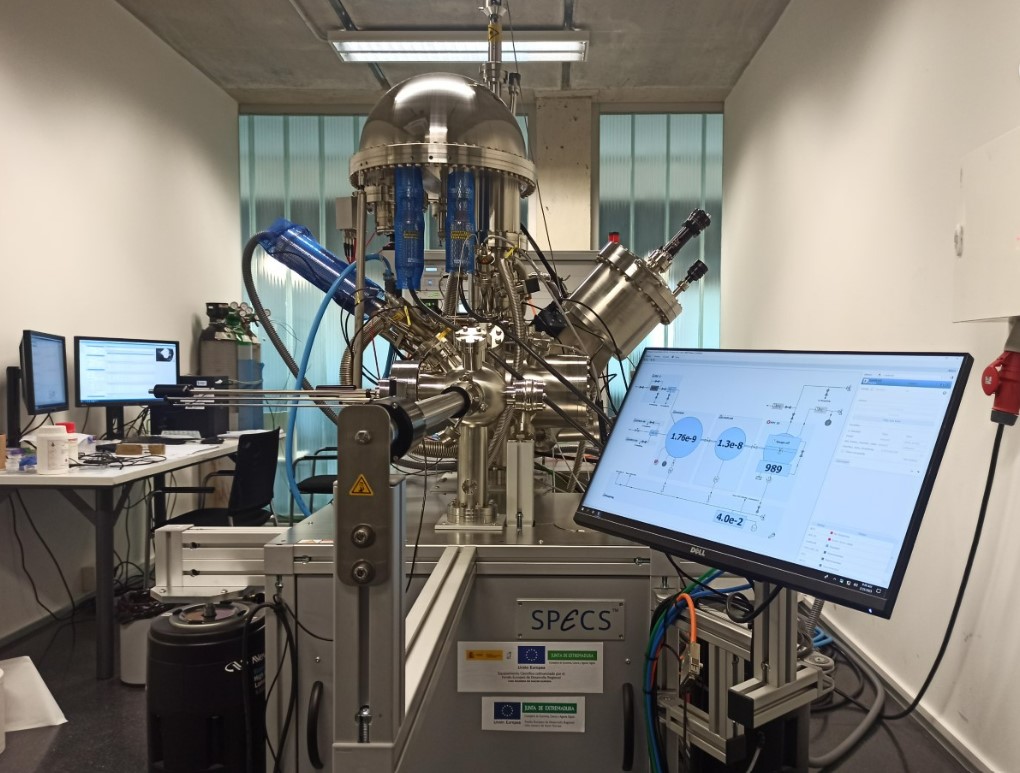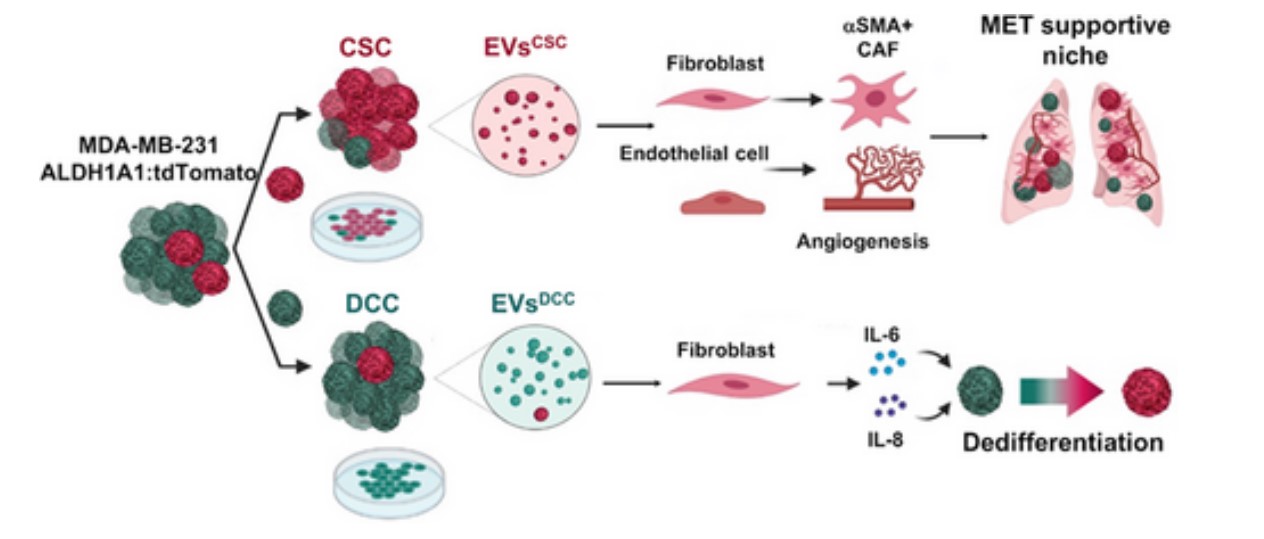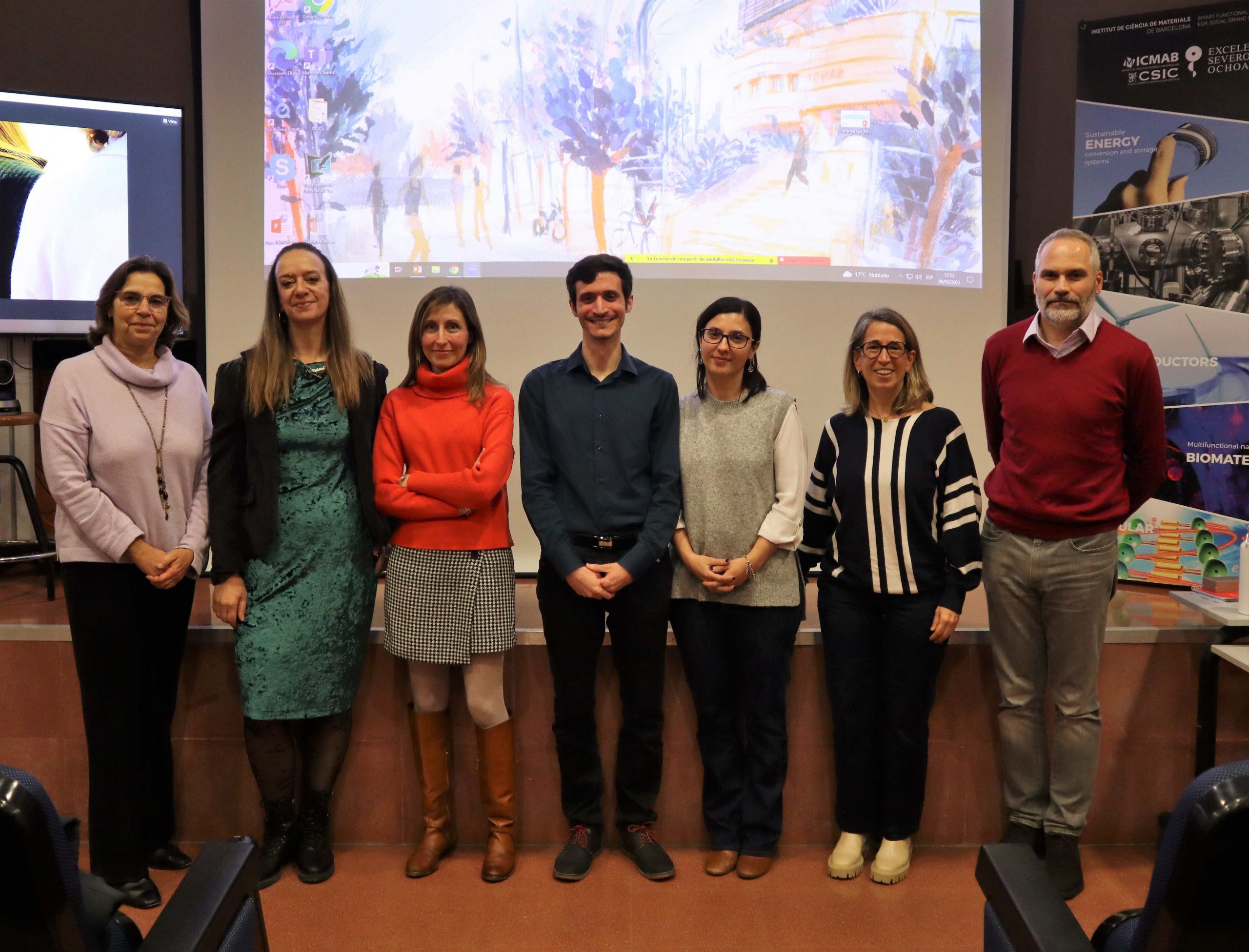Safe-n-MedTech celebrates its 48th Month Management Committee Meeting
The event brought together high-level experts from 3 continents in the field of nanotechnology.
Barcelona, March 27th, 2023
The EU funded project Safe-n-MedTech celebrated its official 48th Month Management Committee Meeting on March 7th to 9th 2023 with a private event taking place in Lisbon. The event was organized and hosted by Instituto Medicina Molecular João Lobo Antunes (IMM), who are partners in this project.
The Consortium had the pleasure to count with the virtual attendance of the Project Adviser, Ozlem Cangar (HADEA), who could follow the critical aspects of the project progress.
The meeting was opened by Ángel del Pozo, Deputy Manager of Programs Strategy at Biokeralty Research Institute, and Scientific and Technical Manager of the project, who offered a comprehensive overview of the latest developments concerning each of the work packages.
Following this, work package leaders and representatives from all partners presented the most significant advances in their current tasks, and highlighted the results obtained to date in each of the project’s work packages. They also had the opportunity to share the latest progress within the Test Cases that are being carried out. On the second day, the consortium established the critical tasks and timelines to fulfill for the successful completion of the project.
Prior to the main event, a business meeting was held at the facilities of IMM with the aim to discuss the next steps for the successful development of the OITB Pathway, a non-profit organization derived from this project, which will act as a single-entry point (SEP) to help technologies in health care into the market.
With less than 7 months ahead towards the end of the project it is expected that work will continue in a collaborative and committed manner to achieve the established objectives and goals. At this stage, partners are strongly focused on public relations and communication activities. Dissemination of project results is essential for long-term success.
The two and a half-day event offered all partners the opportunity to discuss about all the ongoing activities, next challenges and the best way to face them. “The project ends in 7 months, but we will continue building OITB Pathway and delivering all our services and knowledge. We have set the path with clear plans towards the future!”, Ángel del Pozo pointed.
About Safe-n-MedTech
The EU funded Safe-n-MedTech is a 4-year project that is working on an open access, innovative platform to provide the knowledge, networks and services needed for the development of nanotechnology-based medical and diagnostic devices. The objective is to offer the service to leading companies and laboratories.
For more information visit: www.safenmt.com















